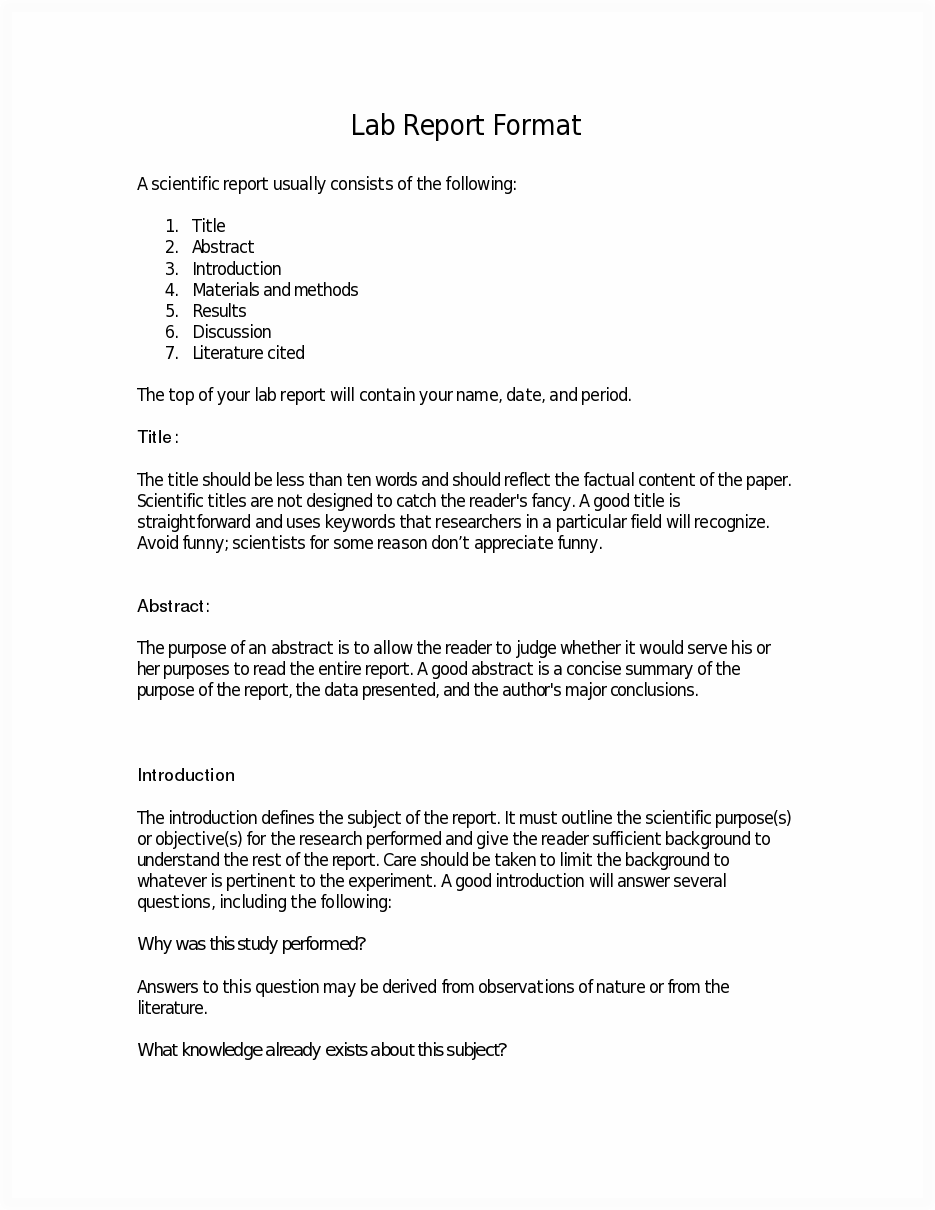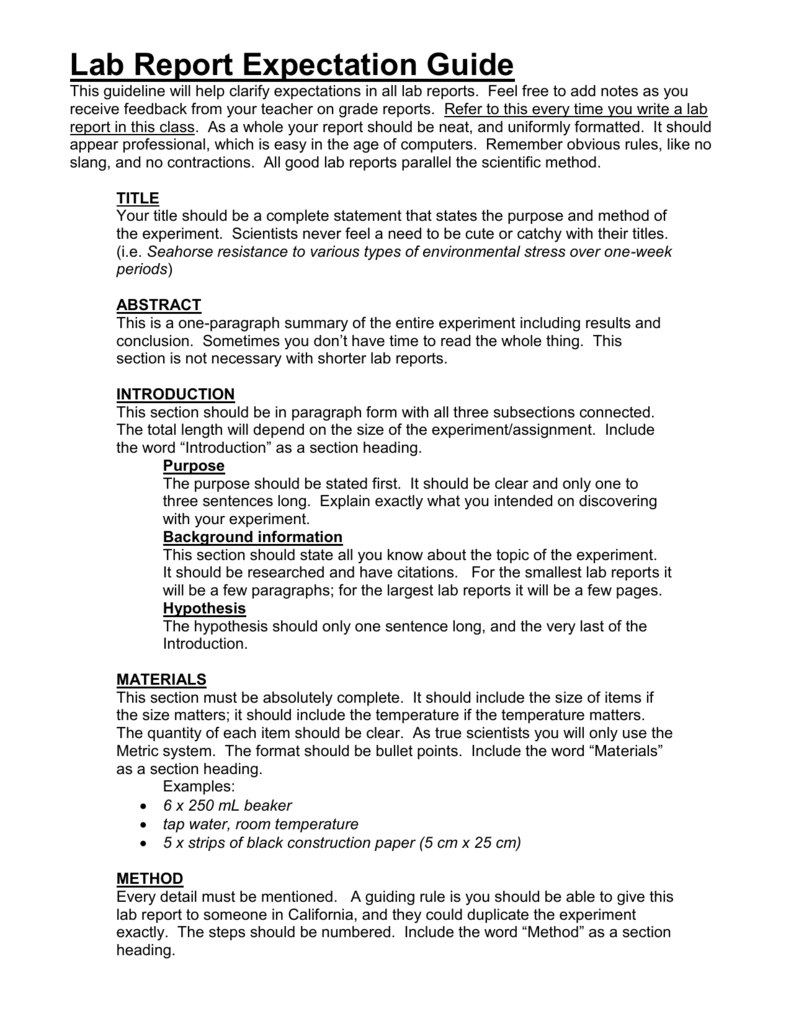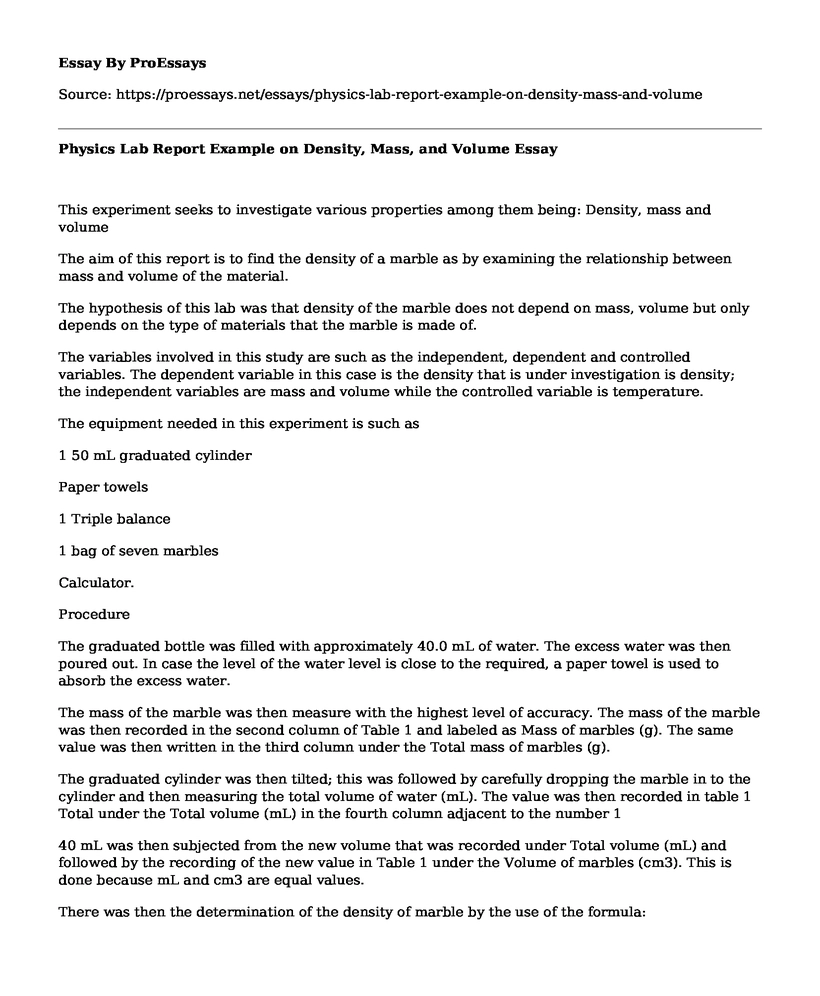A lab paper, also known as a laboratory report, is a written document that summarizes the purpose, methods, results, and conclusions of a laboratory experiment. Lab papers are typically written in the scientific format, which includes an abstract, introduction, materials and methods, results, discussion, conclusion, and references.
The purpose of a lab paper is to communicate the results of an experiment to a broader audience. This may include other scientists in the same field, students in a science class, or the general public. The lab paper allows others to understand the work that was done, the results that were obtained, and the implications of those results.
The abstract of a lab paper is a brief summary of the entire document. It should include the purpose of the experiment, the methods used, the results obtained, and the main conclusions. The abstract should be written in a clear and concise manner, and should be no longer than a few hundred words.
The introduction of a lab paper should provide background information on the topic being studied, as well as the purpose of the experiment. It should also include a review of the relevant literature, outlining previous work that has been done in this area and how the current experiment fits into the overall research on the topic.
The materials and methods section of a lab paper should provide a detailed description of the experiment that was conducted. This includes the materials and equipment used, the procedures followed, and the measurements that were taken. This section should be written in a clear and concise manner, and should be detailed enough that someone else could replicate the experiment based on the information provided.
The results section of a lab paper should present the data that was obtained during the experiment, usually in the form of tables and figures. The data should be analyzed and discussed in this section, highlighting any patterns or trends that were observed.
The discussion section of a lab paper should interpret the results of the experiment, discussing how they relate to the original research question or hypothesis. This section should also discuss the limitations of the experiment and any potential implications of the results.
The conclusion of a lab paper should summarize the main findings of the experiment and highlight their importance. It should also suggest directions for future research in this area.
In addition to the main body of the lab paper, it is important to include a list of references at the end of the document. These references should include any sources that were cited in the lab paper, as well as any additional sources that were used in the research process.
Overall, a lab paper is an important tool for communicating the results of a laboratory experiment. It allows others to understand the work that was done, the results that were obtained, and the implications of those results. By following the scientific format and including all of the necessary information, a lab paper can effectively convey the findings of an experiment to a broad audience.







